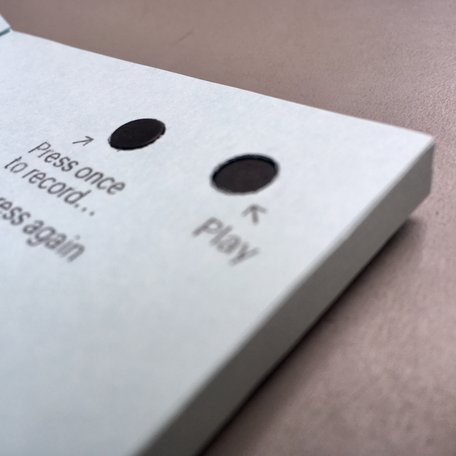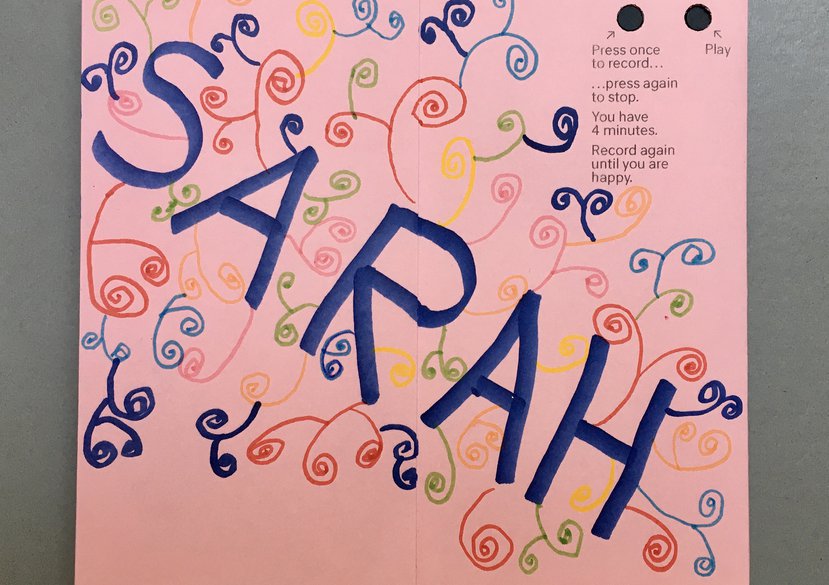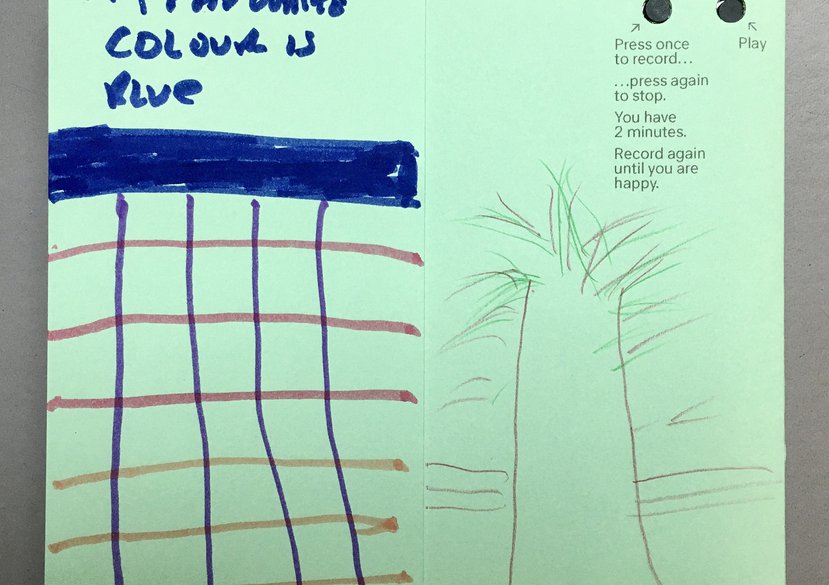
Connections, knowledges and identities as social infrastructure for neighbourhood agency: an open, peer-driven, partly contactless participatory design approach.
Attentive to the wider, social determinants of health (Marmot, 2010), and ways design can contribute to environments and systems in which it is easier to stay healthy (Friedli, 2012), this design research practice is responding to recent research evidence indicating that frequent contact with people is a form of preventative health (Munford et al. 2017; Steffens et al. 2016, Haslam et al. 2018).
The current phase of this practice-led research explores situated interactions between residents of a North London neighbourhood. Working closely with Clapton Commons – a charity and open network for neighbours – in concert with other local partner organisations, a series of neighbourhood asset mapping workshops (Alevizou et al. 2016) is piloted. In these, neighbourhood group members gather around a large-scale neighbourhood map to identify, locate and prioritise material and social assets contributing to life in their communities.
However, it is not until the piloting stage is complete, that it becomes evident that the barriers to participation experienced by those invited to take part have been underestimated. Exemplified by the fact that no one signs up to the first workshop. A crucial step in the process of communication has been missed out: an introduction. It’s a lesson that prompts this study to become receptive to lighter, more playful, sense-making interactions more appropriate for pursuing a gentle kindling of new conversations between those a rapport is yet to be built. The social group members this research is trying to reach out to – who may be subject to social exclusion, may practice self-exclusion, might lack time to attend, might never be available at the time these events tend to happen – are a ‘hard to reach expertise’ (Hansen, 2019).
In search of lighter interactions, cultural probes pioneered by Gaver, Dunne and Pacenti (1999) are settled on. These are methods that take on renewed significance as tools for contactless sociality while constraints enforced by Covid-19 continue to impact participatory strategies that employ the physical proximity of face-to-face social contact. This deployment of probes becomes determined by resident’s experiences of the first UK lockdown. Conscious that cultural probes have traditionally produced relationships that hand all the power to design researchers, a design of audio probe that addresses this inequity is adapted. Audio probes are used to invite two communities isolated from each other into contactless connection: elders shielding alone in retirement housing in Upper Clapton and students of a primary school nearby.
Two features of this contactless exercise have the potential to shift the trajectory of this study closer towards its aim of infrastructuring (Karasti, 2014) open peer-driven design processes that nurture social commons: 1), that a contactless participatory method can be a way of hearing from a ‘hard to reach expertise’ that would otherwise stay silent if physically proximate with others in a workshop (Nummenmaa & Nummenmaa, 2008); 2), that this researcher is substituted in his role as probe task facilitator which is taken on by two gatekeepers who are the only project participants that have any contact with the students and the elders.
Key details
School, Centre or Area
Supervisors
Personal links
Gallery
More about Nick
Biography
Nick Bell is a communication designer in the middle stages of a practice-led PhD at the Royal College of Art, London. His study explores open, peer-driven, partly contactless participatory design processes that nurture social assets for neighbourhood agency. He is a founding editor of the new research journal itinerant space launched in the School of Communication at RCA in February 2021. For twenty years he has run a design studio specializing in interpretation design for museums. He is a member of AGI (Alliance Graphique Internationale) and Special Consultant to Eye, the international review of graphic design.
Degrees
BA (Hons) Graphic Design, London College of Communication, UAL
Experience
tbc
Awards
tbc
Funding
Self-funded
Exhibitions
tbc
Publications
tbc
Research outputs
tbc
Conferences
tbc

